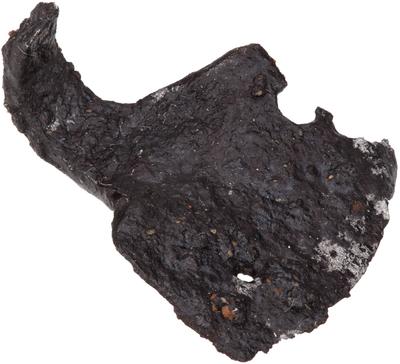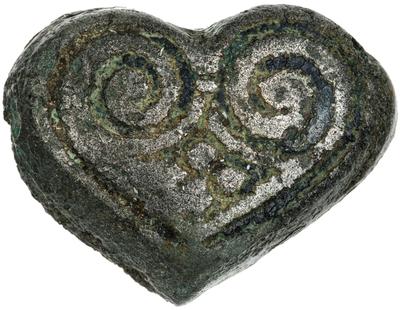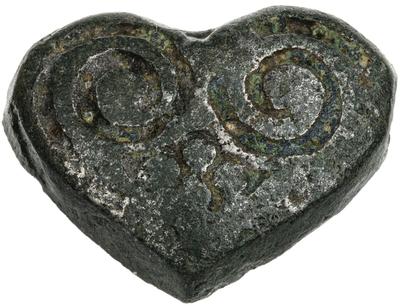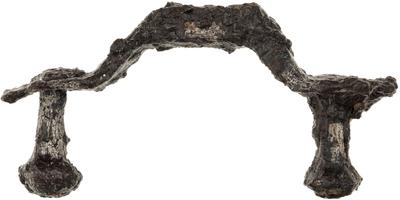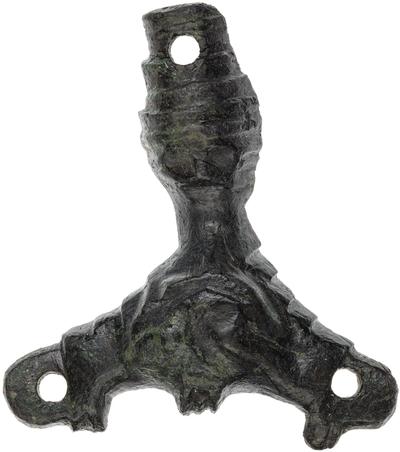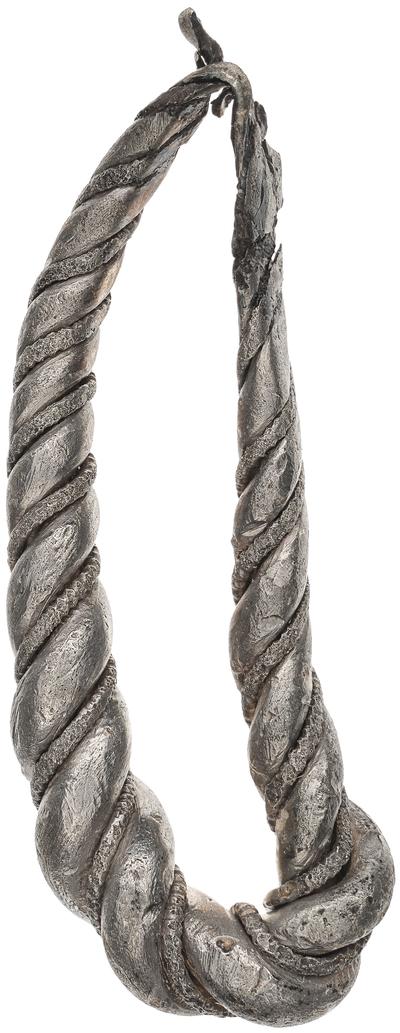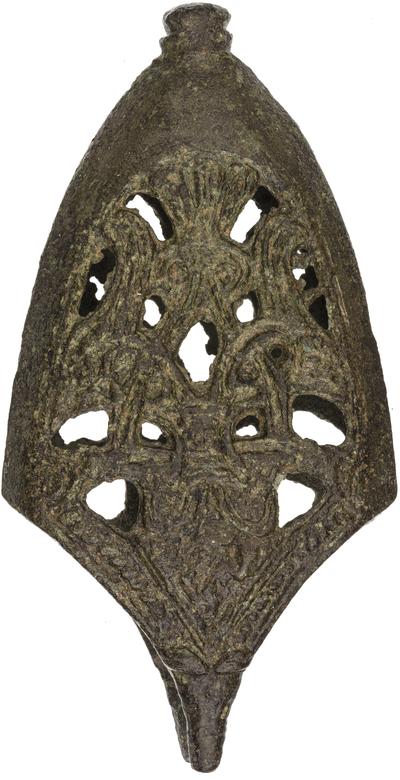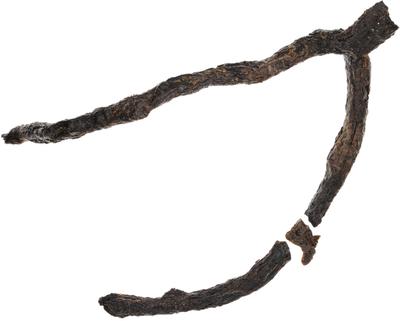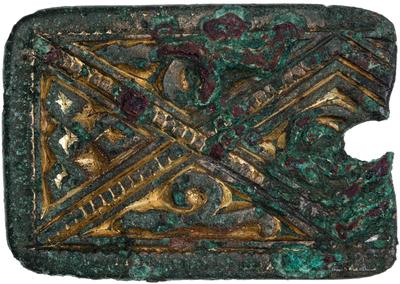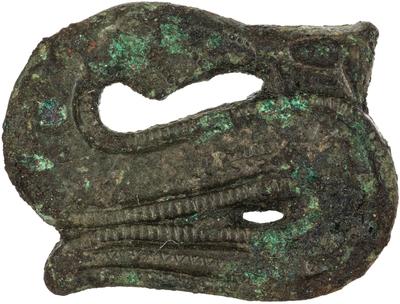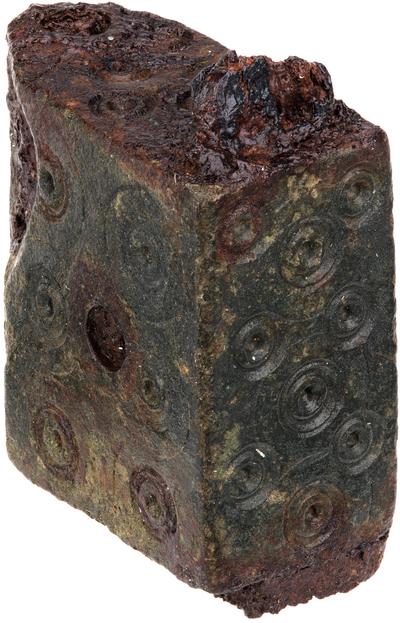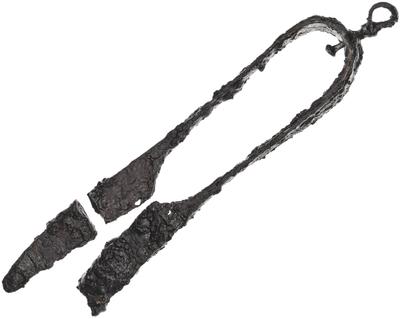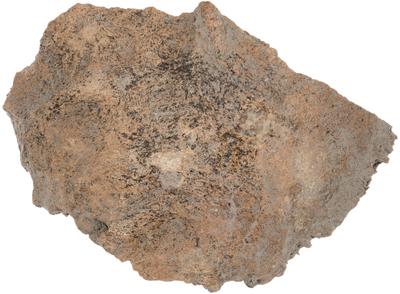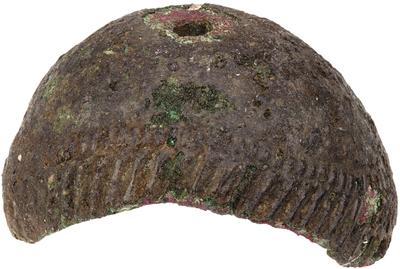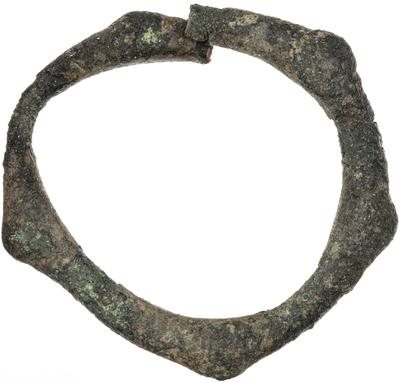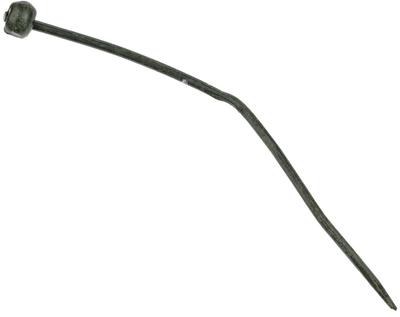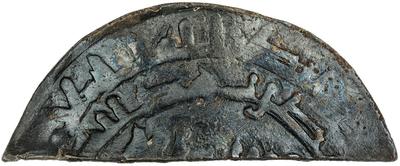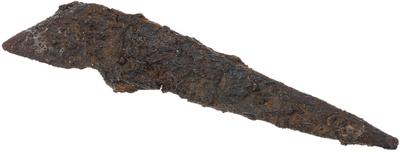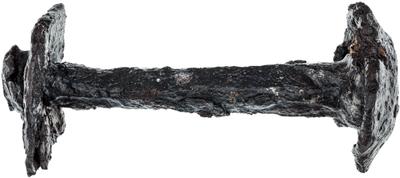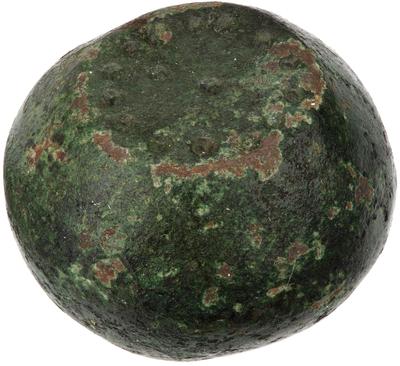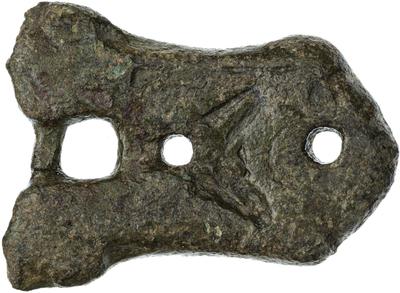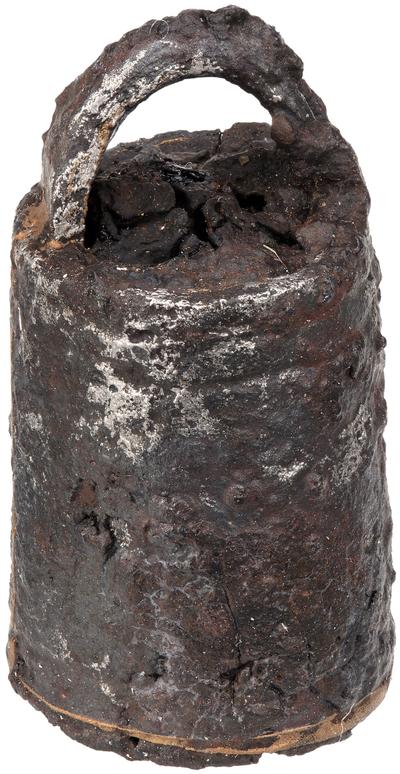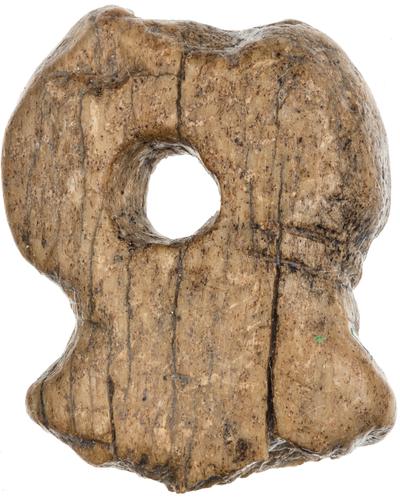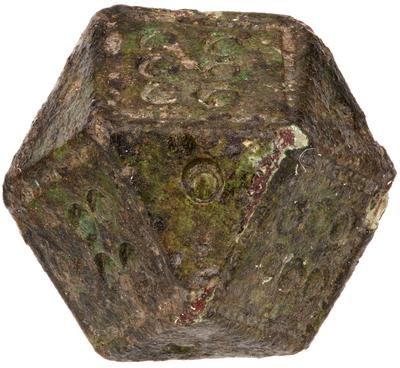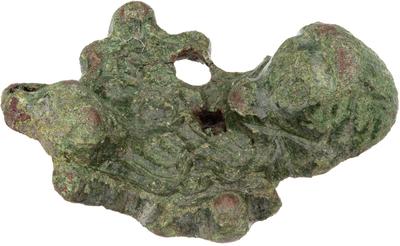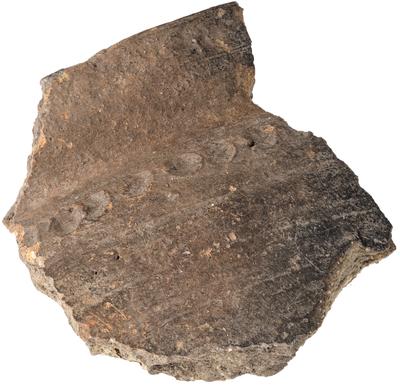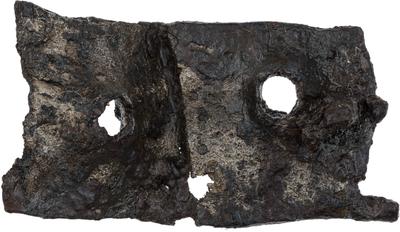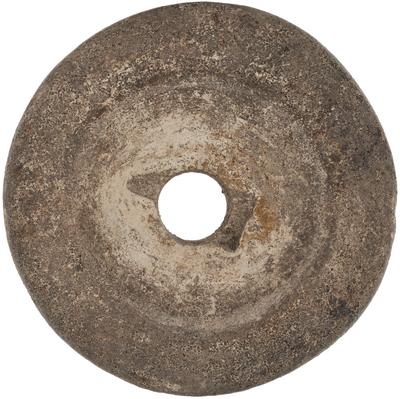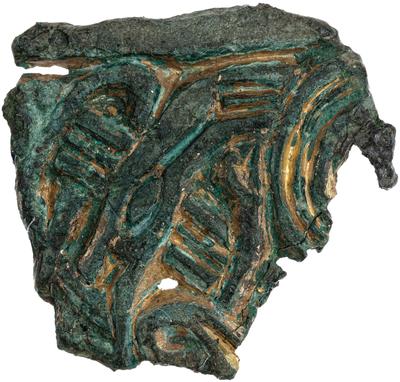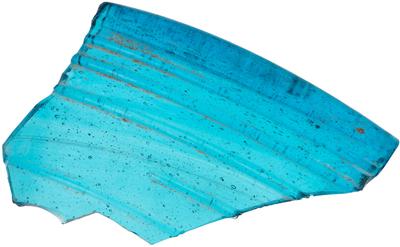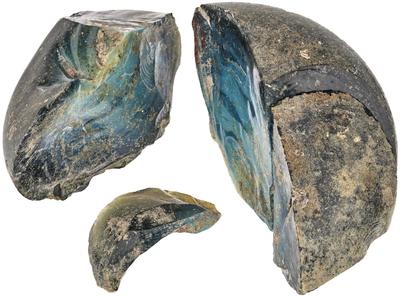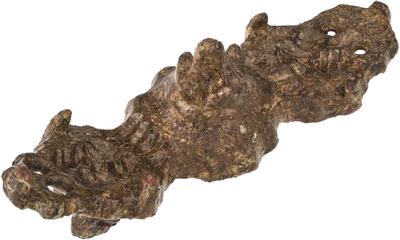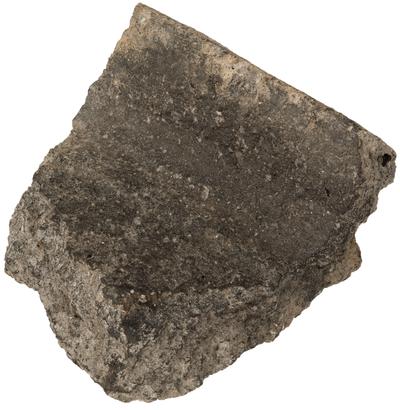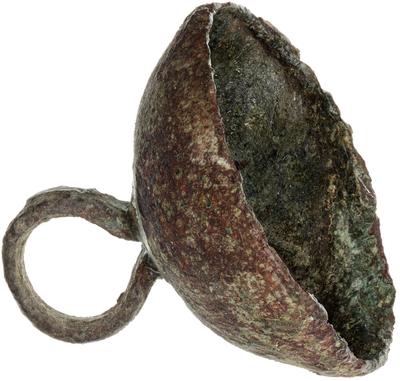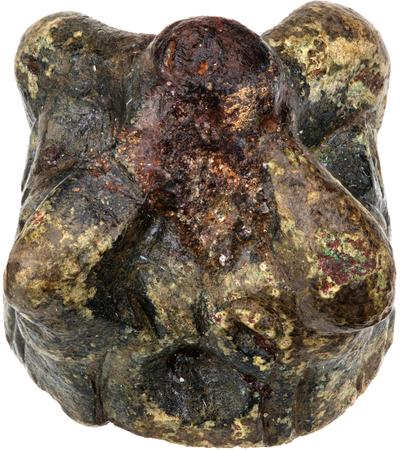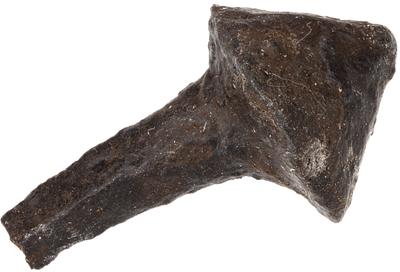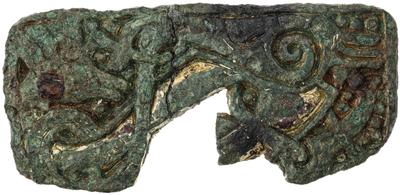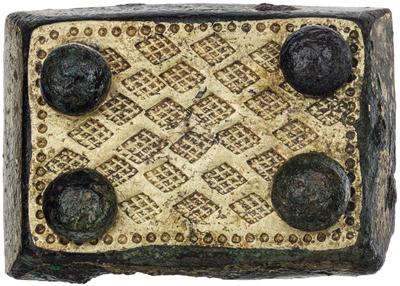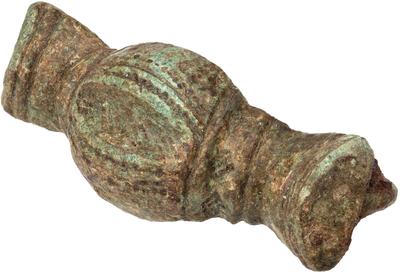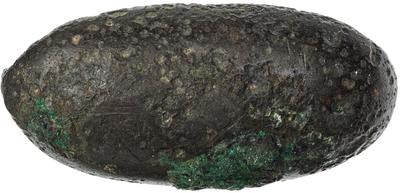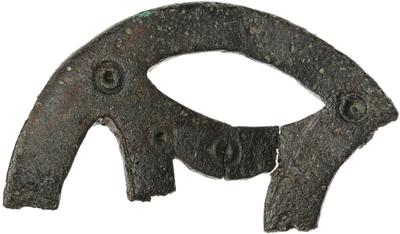Ströja – an aristocratic residence
At the innermost end of Bråviken Bay, on a peninsula near modern-day Norrköping, lay the aristocratic estate of Ströja. During the late Iron Age, the site’s strategic location enabled control over key trade and travel routes – both the maritime corridor between the Baltic Sea and Lake Vättern, and the overland route connecting Götaland and Svealand.
Like many sites of regional importance during the Viking Age, Ströja’s origins trace back to the Vendel Period (AD 550–750) and the Migration Period (AD 375–550). A defining feature throughout these periods is the presence of a central hall building. At Ströja, the remains of three such consecutive elite halls have been uncovered, one of which measured 40 meters in length. A smaller, freestanding structure adjacent to the hall building is interpreted as a house for cult practice. During the Viking Age, several residential and auxiliary buildings were added to the site.
At Ströja, a ritual site has also been identified containing animal bones and fire-cracked stones. The finds are indicative of communal feasting associated with legal assemblies and ritual gatherings. Among the remains are also isolated fragments of human skulls.
During the latter part of the Vendel Period, a market area was established at the site, which continued in use into the Viking Age. This period also saw changes in the settlement layout, with several smaller farmsteads constructed around the central hall buildings. A fourth hall building was likely erected during the Viking Age, although its precise location has not yet been identified.
The finds from Ströja reflect the site’s transformation over time, illustrating elite consumption and the presence of warriors and horsemen. The artefacts provide evidence for market trade and ritual offerings as well as craft production and daily life on the estate.
